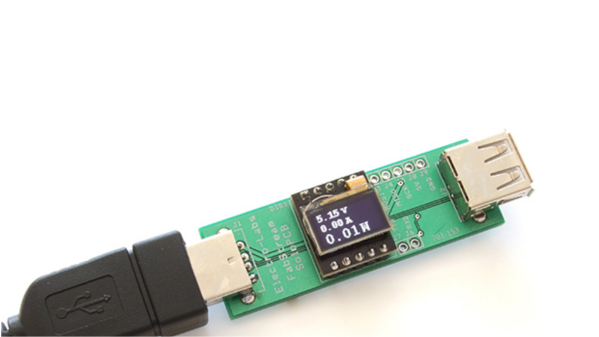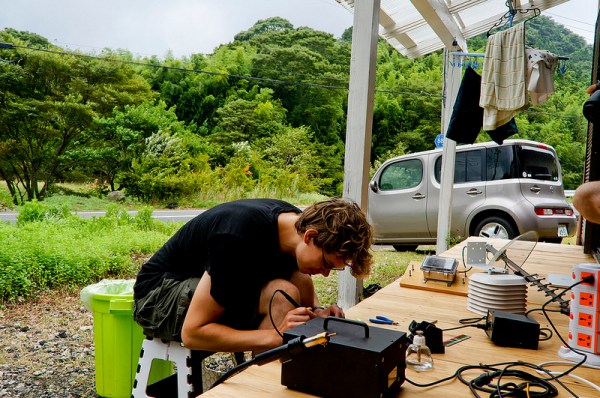On the far side of the Boso peninsula lies Kamogawa. This isn’t the Japan of LEDs, Otaku and maid cafes, or that of wage slave salarymen collapsing from exhaustion. This is the Japan of rice farmers and fields, fresh fish and wild boar, electron microscopes and gigabit fiber, SMD assembly and 500Mhz 5 Gigasample oscilloscopes.
The world has changed. In the 20th century the life of a rural hacker was a constant hunt for technological innovation. We scratched around for whatever we could find. A (usually national) periodical would give its monthly injection of technological curios. And knowledge was locked tight within expensive textbooks, which even if you could afford them might take weeks to arrive.
So, as had been the case for the preceding 1000 years, innovation clustered around technological hubs, San Francisco, Cambridge, and Tokyo among others. And Hackers flocked to these centers where innovation flourished while Hackers exchanged knowledge and tools.
But then the world of the rural Hacker began to expand. The technological hubs that so many rural hackers had migrated to began to connect the world. Young Hackers could learn to program (as I learned C) from textfiles posted on BBSs and exchange knowledge linking national communities. Shortly after that the Internet came bringing its Eternal September. Hackers across the world, regardless of location could communicate.
On the flip-side tech centers were changing too. Venture capital, rather than bootstrapping became the norm. With the influx of cash the demand for skilled Hackers rose, increasing wages and further focusing tech talent around these hubs. But rents and expenses rose too. And Hackers became locked into their expensive lifestyles; eyes firmly focused on the promised million dollar payoff and the eternal dream of an “exit”.
For some though, the freedom to Hack is more important than that million dollar exit and so a new model is emerging. Groups of Hackers in rural communities with low cost lifestyles and access to the world’s best technical talent and equipment that would put the best startups to shame.
Continue reading “The Rise Of The Rural Hacker” →























